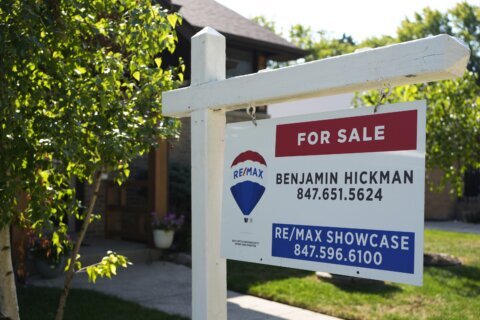Some people don’t want the responsibility of owning a home. Others can’t afford to buy a home, especially in today’s market. It’s for these reasons that so many people are seeking out homes to rent. But snagging a lease can be a difficult thing, especially in large cities with limited inventory.
If you’ve been struggling to find a rental, or you’re afraid you’ll have a difficult time once you gear up to start your search, you should know that there are steps you can take to be more successful in finding an apartment when availability is low. Here are some tricks to employ.
1. Look During the Winter
Many people don’t want to move during the winter. The weather can be uncooperative, and for families with children, school’s still in session. But if you’re willing to look for an apartment during the winter and sign a lease on one, you might manage to lock in a rental before the spring rush.
“Right now, demand for apartments is not as high as it was over the summer,” says Brian Carberry, senior managing editor at internet listing service Rent., which is based in Atlanta. During the winter, fewer people tend to be looking for apartments, so kicking off your search now could help minimize your competition.
That said, Bianca D’Alessio, New York-based licensed associate real estate broker at Nest Seekers International and co-star of the HBO series “Selling the Hamptons,” says inventory levels remain low across many major cities, so renting during the winter may prove challenging for that reason.
“It’s common for landlords to align renewal periods for spring, because you can get more rent there,” she explains. So if you start looking now, you might have less competition, but be prepared to face some inventory challenges.
Still, D’Alessio insists that looking for a home far in advance is key when you’re dealing with limited inventory. In fact, she says that renters used to only look for a new apartment about 30 days out in major cities. Now, she says, it pays to look 90 days out.
2. Figure Out Your Price Point
You may be tempted to sign a lease the first time an opportunity presents itself. But you don’t want to get in over your head financially.
That’s why Carberry says it’s important to land on a price point before you really kick off your search. You may need to tweak your desired price point to align with the reality of your local market, but it’s essential to have a starting point — one based on numbers you’ve crunched.
3. Establish Your Priorities
When you’re looking for a rental in a limited market, you can’t afford to be overly picky. That’s why Carberry recommends making a list in order of priority of the things you want in a rental.
Maybe there are certain amenities you absolutely need to have, like an in-unit washer and dryer or an on-site fitness center. A door attendant might top your list as well.
Plus, you may want to prioritize certain blocks or neighborhoods so you have access to different amenities, from restaurants to public transportation. Order these things by importance so you know when to jump on an opportunity and when to move on.
That said, you may need to be willing to compromise if you’re looking to rent at a time when inventory is low. That could mean signing a lease on an apartment that meets your primary needs, even if there are items toward the bottom of your wish list that don’t get checked off.
If you find a home to rent that’s genuinely suitable for you, “don’t hold out for a better apartment, because a lot of people are getting squeezed,” says D’Alessio.
4. Prove What a Great Tenant You’ll Be
Just as bidding wars can be common among would-be buyers in a tight real estate market, so too are potential tenants often forced to duke it out over the same available rental. That’s why you should show up with proof of what a great tenant you’ll be when you go to see an apartment for the first time.
“Bring a recommendation letter from a current or former landlord. Bring a copy of bank statements showing you have the financial resources to pay for the apartment,” says Carberry. That could spell the difference between a property manager renting to you versus someone else.
5. Be Prepared to Lease That Day
If you come across a great rental in a tight market, don’t sit on it, says Carberry. When inventory is abundant, you can afford to think things through for 24 hours. When that’s not the case, you need to be prepared to sign a lease the moment you’re done looking at an apartment.
6. Look at Off-Market Opportunities
You may get into the habit of poring through online listings in an attempt to land a great rental. But D’Alessio says you shouldn’t just wait for apartment listings to come out. Instead, identify buildings that you’re particularly interested in and reach out to property managers to see if there are openings, or to get on a list for when units become available.
D’Alessio also says you shouldn’t hesitate to take a more aggressive approach if there’s a building you’ve fallen in love with. “Speak to doormen if necessary,” she says. You never know who might be able to give you a lead on a great apartment.







